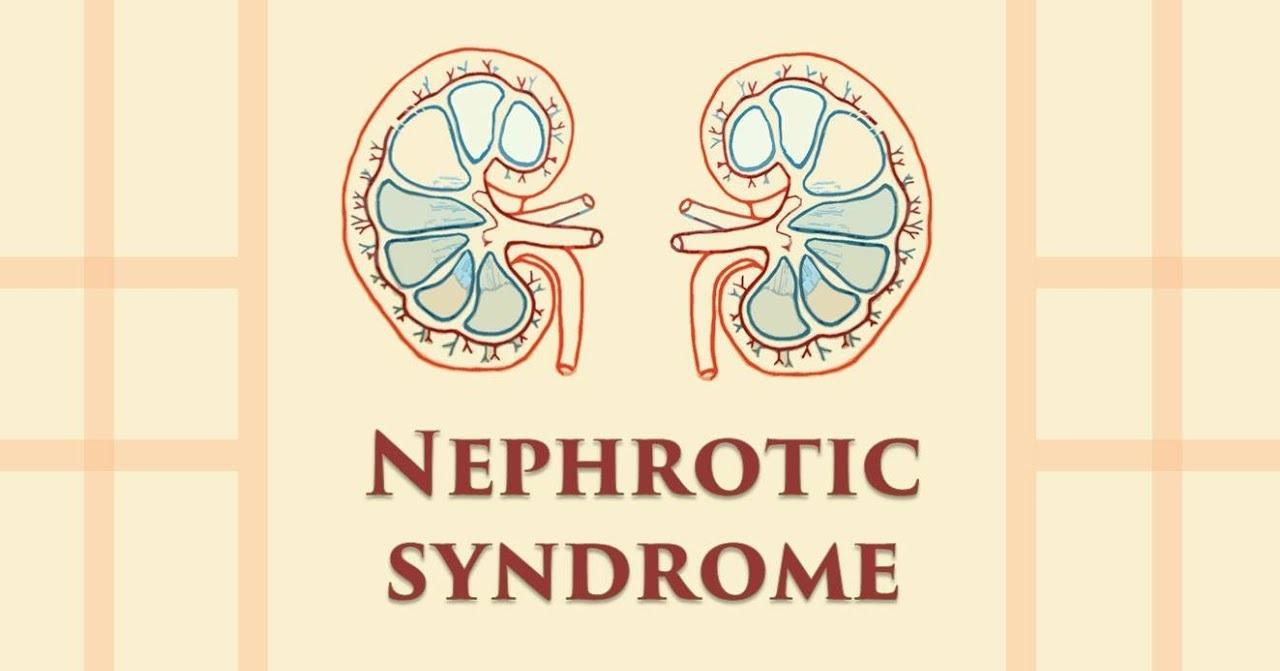When it comes to rare kidney diseases, knowledge is power. Two terms that often come up in conversations between concerned parents and nephrologists are Infantile Nephrotic Syndrome and Kidney Membranous Nephropathy. They sound intimidating, we know, but understanding these conditions can make a big difference in early diagnosis, treatment, and quality of life.
At NephCure, our mission is to empower patients and families through education, advocacy, and research support. If your child or loved one has been diagnosed with a rare kidney disorder, this guide is for you.
What is Infantile Nephrotic Syndrome?
Infantile Nephrotic Syndrome (INS) is a rare and serious kidney condition that presents in babies within the first three months of life. It affects the kidney’s ability to filter proteins properly, resulting in proteinuria, a condition where vital proteins are lost in the urine.
This loss leads to:
-
Severe swelling (especially around the eyes, abdomen, and legs)
-
Low levels of albumin (a key blood protein)
-
Increased risk of infections and blood clots
-
Poor growth and feeding in infants
Infantile Nephrotic Syndrome Causes
So what causes this condition to appear so early in life?
In most cases, Infantile Nephrotic Syndrome Causes are genetic. This means the condition is often inherited, and the problem lies in the genes that control how the kidney’s filtering system, called the glomeruli, develops and functions.
Common Genetic Causes:
-
NPHS1 (nephrin gene): The most common cause, particularly in Finnish populations.
-
NPHS2 (podocin gene): Affects the slit diaphragm in the glomeruli.
-
WT1: Associated with syndromes like Denys-Drash or Frasier syndrome.
-
LAMB2: Linked to Pierson syndrome, which includes eye and kidney issues.
Other Possible Causes:
-
Congenital infections: Such as HIV, syphilis, toxoplasmosis, or CMV.
-
Autoimmune reactions: Rare in infants, but possible.
-
Developmental syndromes: When INS is one of several symptoms.
Because genetic causes are most common, genetic testing plays a crucial role in confirming a diagnosis and guiding treatment decisions.
Treatment Options for INS
Unfortunately, standard medications like steroids often don’t work for genetically driven INS. Here’s how treatment usually looks:
-
Nutritional support and albumin infusions to manage protein loss.
-
Diuretics to reduce swelling.
-
Anticoagulants to prevent blood clots.
-
Infection prevention, as the immune system is often weakened.
-
Kidney transplant which may be necessary if kidney failure occurs.
NephCure actively supports research into early interventions and better outcomes for children with INS.
What is Kidney Membranous Nephropathy?
Now let’s shift gears to Kidney Membranous Nephropathy, a very different condition in terms of age and mechanism.
This disease occurs most commonly in adults, although rare cases in children have been recorded. It involves thickening of the kidney’s filtering membrane due to the accumulation of immune complexes. Over time, this impairs the kidney’s ability to function properly.
Causes of Kidney Membranous Nephropathy
There are two main categories of Kidney Membranous Nephropathy:
1. Primary (Idiopathic)
-
No known external cause.
-
Often related to the immune system attacking a protein called PLA2R on kidney cells.
2. Secondary
-
Caused by another condition or trigger:
-
Autoimmune diseases like lupus
-
Infections (hepatitis B or C, syphilis)
-
Certain medications (NSAIDs, gold, penicillamine)
-
Cancers (lung, breast, colon)
-
Symptoms to Watch For
Kidney Membranous Nephropathy may develop slowly, but signs to look for include:
-
Persistent proteinuria
-
Swelling in the legs or around the eyes
-
High blood pressure
-
Foamy urine
-
Fatigue
If not managed, the disease can lead to chronic kidney disease and eventual kidney failure.
How Are These Conditions Diagnosed?
Both INS and Kidney Membranous Nephropathy require thorough investigation, including:
-
Urine tests to check for protein levels
-
Blood tests for kidney function
-
Kidney biopsy to examine tissue under a microscope
-
Genetic testing (especially in infants)
-
Antibody testing for conditions like PLA2R-associated nephropathy
Managing Life With a Rare Kidney Disease
Whether you’re caring for a baby with Infantile Nephrotic Syndrome or navigating a diagnosis of Kidney Membranous Nephropathy as an adult, know that you are not alone. At NephCure, we offer:
-
Patient support groups
-
Clinical trial information
-
Educational resources
-
Advocacy tools to help families and individuals get access to care
We believe that early diagnosis, research-backed treatments, and community support can change lives.
Final Thoughts
Understanding the Infantile Nephrotic Syndrome and the complexities of Kidney Membranous Nephropathy is the first step toward effective care and a better future. While these conditions are rare and serious, the outlook is improving thanks to growing research and support.
At NephCure, we’re here to walk alongside you. From information to innovation, we’re committed to helping you and your family find answers, get support, and live with hope.

